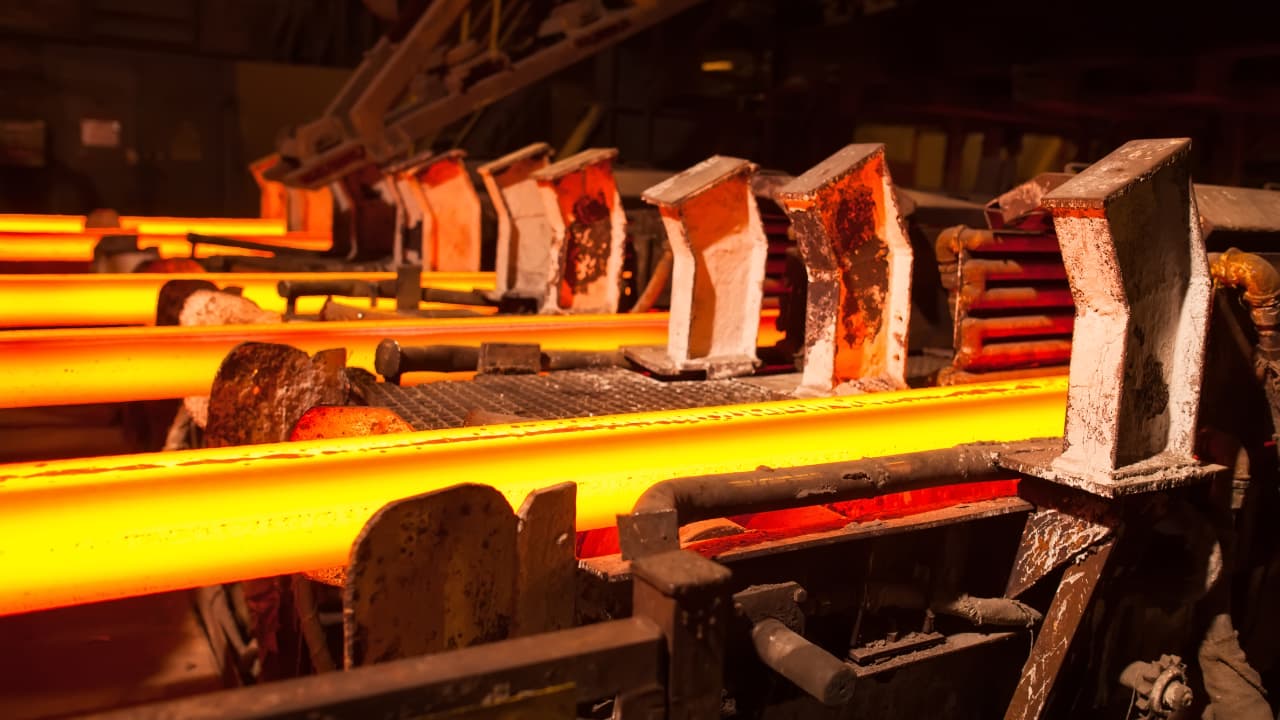NEWS | July 21, 2023
Green light for green hydrogen – and thus for metals

This Thursday, the EU Commission approved Germany’s largest decarbonization project. As a result, the German Federal Ministry of Economics is now providing 2 billion euros in funding for thyssenkrupp Steel Europe’s “tkH2Steel” project. The largest steelworks in Duisburg will henceforth produce with hydrogen and green electricity instead of coal. This marks a significant step towards sustainable steel production.
The steel industry in Germany accounts for one-third of the country’s CO2 emissions, with 6% attributed to thyssenkrupp Steel Europe. With this project, the company aims to save up to 3.5 tons of carbon dioxide per year, significantly reducing its share of emissions. The necessary direct reduction plants are expected to be operational by 2026.
In the past, the German government has supported projects aimed at producing steel in an environmentally friendly way. For instance, the federal government and the state of Lower Saxony supported the steel company Salzgitter AG with one billion euros to switch to hydrogen. The conversion is planned to be completed gradually by 2033, with the goal of saving 95% of the annual CO2 emissions of approximately 8 million tons.
Green electricity, green hydrogen, green steel – this is the production chain for a green future. However, it all starts with raw materials. Platinum, palladium, and scandium are indispensable for hydrogen electrolysis, while indium, gallium, and germanium are used in solar cells, and neodymium oxide and dysprosium oxide in wind turbines. For investors, we have developed a package containing the most important metals of the energy transition, offering attractive return opportunities in the “green” sector.